A Curious Exploration of Gluten Free Flours
Being gluten free shouldn’t limit your dessert options. Everyone deserves to eat treats! With new baking methods and alternative ingredients to use in your kitchen, gluten free baked goods are becoming more available. Join Dessert Advisor as we explore the world of gluten free flours and all of the options for your sweet tooth. Which one will be your favourite?

Types of gluten free flours
Gluten Free Flours vs. Wheat Flour: Is there a difference?
Over 30,000 years ago, flour was originally made from corn and rye by crushing it with a mortar and pestle. Nowadays, wheat is the most commonly used flour. But, it wasn’t always the case. Throughout the years, countries developed traditional dishes based on the flours they had access to (which isn’t always wheat!).
Flour is the main ingredient of most desserts: it gives them structure! One of the reasons wheat has become such a popular flour is that gluten makes its dough almost elastic and results in extra fluffy baked goods. Flours without gluten definitely have a reputation of creating dense baked goods, but that doesn’t have to be the case. Mixing different types of flours together can give that fluffy structure, and we bet you couldn’t even tell the difference!
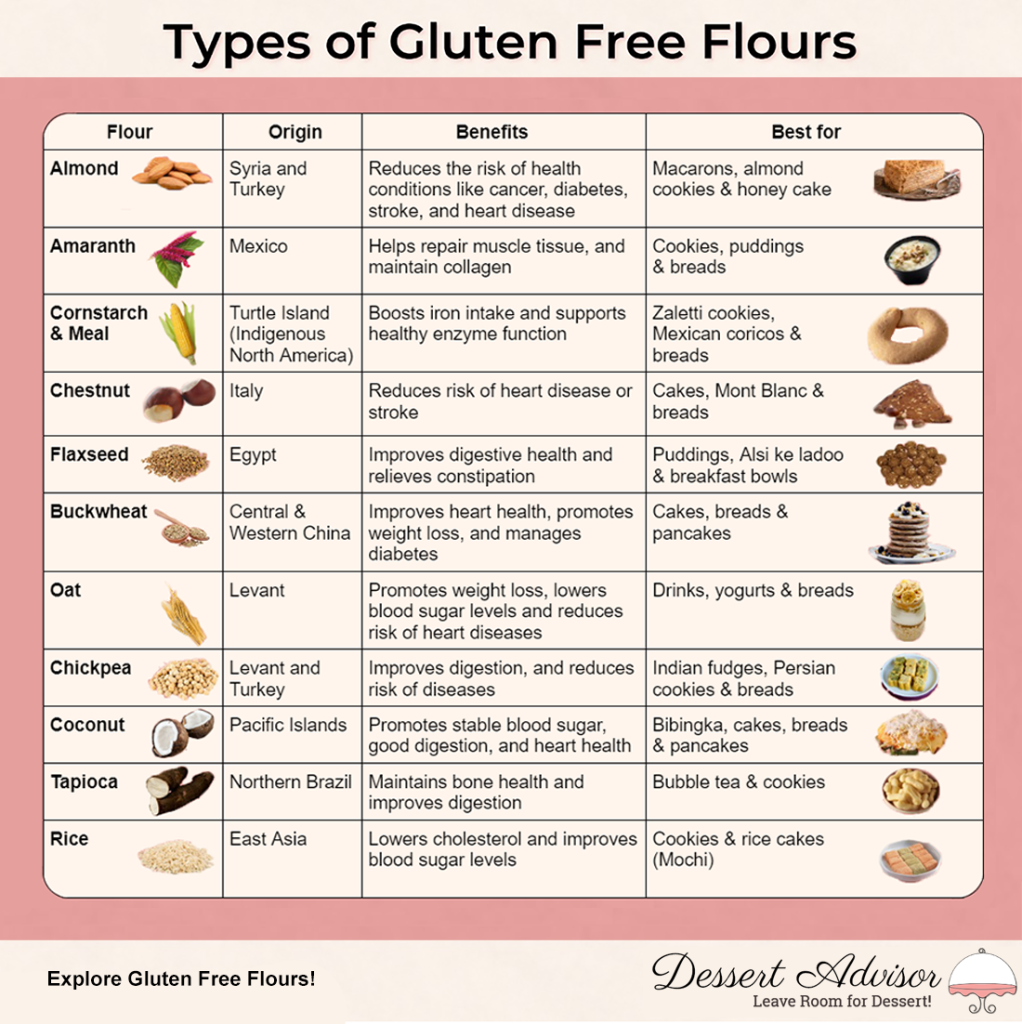
Types of Gluten Free Flour
It’s an exciting time for experimental and novice dessert lovers as flours that have been used for centuries are becoming accessible and approachable. Although gluten free baking may seem like it would limit the types of desserts you can enjoy, it actually opens up a whole new world. Let’s explore some unique flours and the delicious gluten free baked goods they influenced.
- Almond Flour: Almonds are believed to be the oldest cultivated food in history. They originally came from Syria and Turkey. In the 8th century, Venetian monasteries were creating cookies called “priests’ belly buttons” using almond flour. These cookies would eventually be brought to France and popularized. Can you guess which dessert it is today? … Macarons! Almond flour is also used to bake Turkish and Greek almond cookies (Amygdalota) and honey cake, Syrian almond macarons, and more!

Gluten-free macarons
- Amaranth Flour: Amaranth is one of the most ancient flours. It was used by the Aztecs and Incas. This gluten free flour is made from seeds, giving it a nutty and earthy flavour. Amaranth is a bit controversial, as the leaves are actually toxic! But, amaranth flour is safe, nutritious and delicious. Treats such as Rajgira shortbread cookies, Rajgira kheer (Indian rice pudding), and even Rajgira Paratha (or Amaranth roti bread) are enjoyed with Amaranth flour.
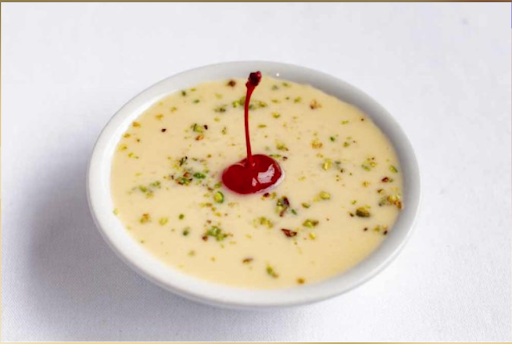
Rajgira Kheer – Indian rice pudding (Spicy Time)
- Cornstarch and Meal Flour: Both of these flours are made from the same ingredients: corn. The difference between these flours is seen through the consistency of the dough. Cornstarch flour is finer than cornmeal. These gluten free flours are common in Mexican and Italian cuisine. Some desserts that are made of corn-based flour include Mexican coricos, sequilhos (Brazilian cornstarch cookies), zaletti (Italian cornmeal), and maize bread from many Indigenous cultures on Turtle Island (the name used in some Indigenous cultures for North America).
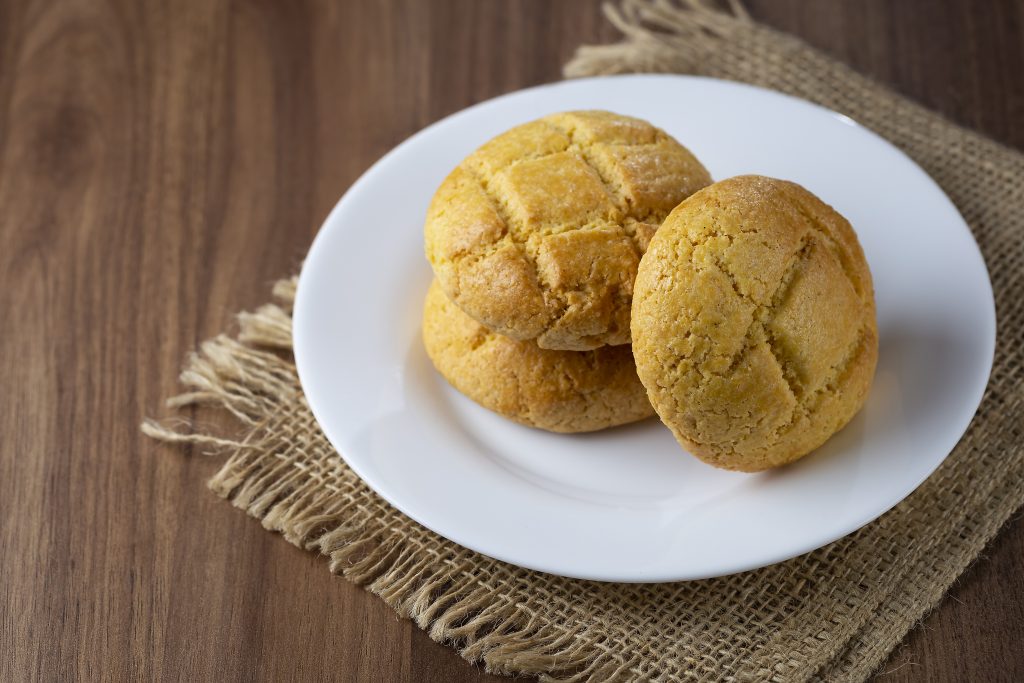
Sequilhos
- Chestnut Flour: Chestnuts are found in places with colder climates. They are naturally sweet and have been used in Italian baking for centuries. Chestnut flour is earthy with hints of smokiness, giving it a unique flavour. The most popular Italian dessert is the Castagnaccio (chestnut cake). Mont Blanc is an iconic chestnut puree and as such, many people use chestnut flour in the base to complete the chestnut experience. Each bite of desserts with chestnut flour leave you wanting more!

Castagnaccio
- Flaxseed Flour: Flax seeds have been cultivated for over 30,000 years, and used primarily for textiles like linen. Flaxseed flour is mildly nutty and contains abundant nutrients including protein, fiber, omega-3 fatty acids, thiamine, and copper. There are plenty of delicious desserts made with flaxseed flour such as flaxseed puddings and breakfast bowls, alsi ke ladoo (traditional Indian dessert) and flaxseed brownies.
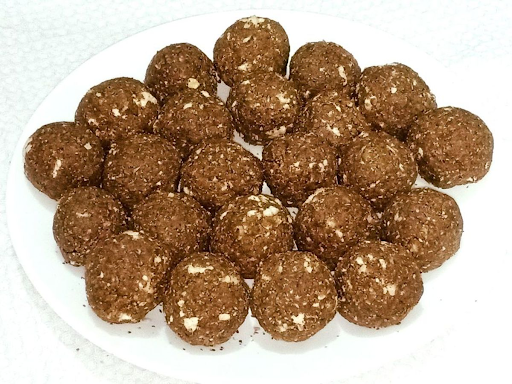
Alsi ke ladoo (Delishably)
- Buckwheat Flour: Buckwheat flour originated from Northern China. This type of gluten free flour has an intense taste: it’s bitter, nutty, earthy. Although it tastes like wheat and has the word “wheat” in its name, it is gluten free! Buckwheat flour is actually a herb, closely related to rhubarb or sorrel. You can enjoy buckwheat sweets such as buckwheat fudge cake, kasha bread (similar to regular bread), and a variety of buckwheat pancakes from Dutch, Russian, and Korean cuisine.
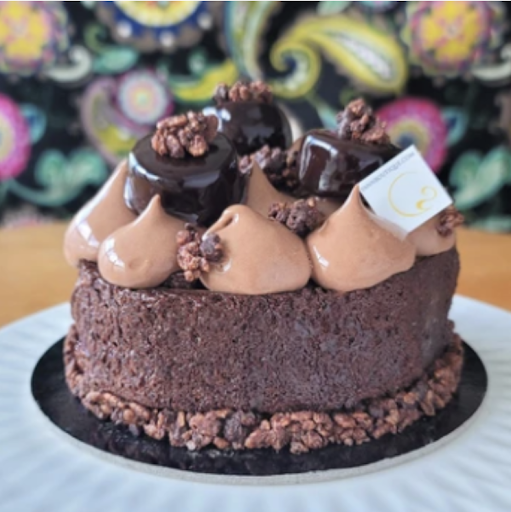
Buckwheat-based Choco-Snuggle Cake (Yann Haute Patisserie)
- Oat Flour: Oat flour was first documented in Egypt or the Levant area. Some cultures believed oats were a “diseased form of wheat”, so they were only used to feed animals. Their use evolved through the years and oats became important for topical anti inflammatory and soothing properties. Once we did start consuming oats, they were appreciated for the toasty caramel flavour. Now, oats are known as being healthy for your heart, blood sugar and even for helping with asthma. Aren’t we lucky oats became a popular food for us as well? If you’re excited about oat flour, make sure you double check if your dessert is explicitly gluten free, as gluten contamination can happen in the harvesting process. Oat flour is extremely popular nowadays as a flour substitute. Some traditional treats include Russian Kvass (fermented oat drink), probiotic oat yogurt, and bread made with oat flour.
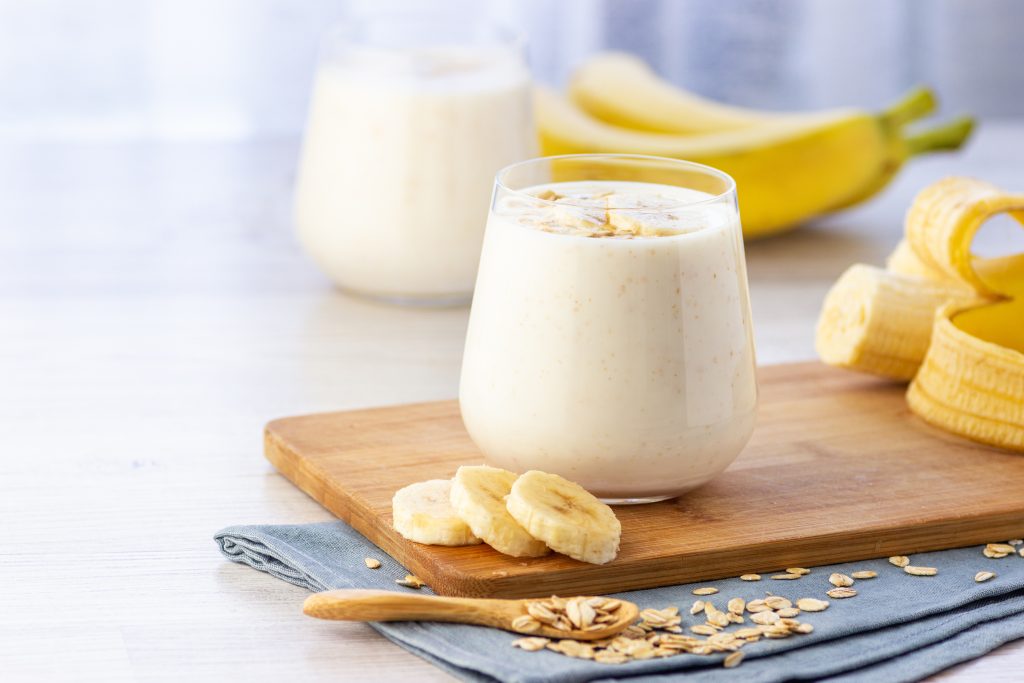
Oat Yogurt
- Chickpea Flour: Chickpea flour originates from the Levant and Turkey. Nowadays, it is popular in Indian, Nepalese and Italian dishes. Chickpea belongs to the same family tree of peanuts and alfalfa. Desserts made out of chickpea flour taste savoury, with deep hints of earthy flavours. You can enjoy sweet treats such as besan ladoo (Indian sweet balls), besan barfi (Indian fudge squares), besan ka halwa (Indian sweet pudding), farinata (Italian flatbread) and nan-e nokhodchi (Persian chickpea cookies).
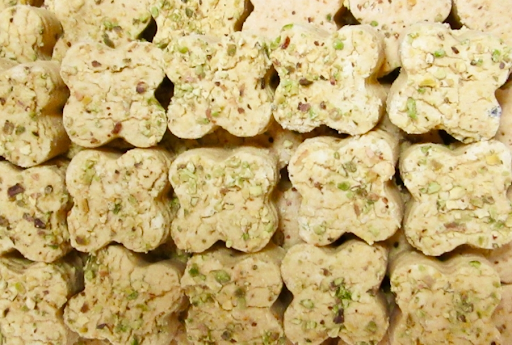
Nan-e Nokhodchi (Venus Bakery & Cafe)
- Coconut Flour: It’s difficult to pinpoint the exact origin of coconut flour, but it is believed to be from one of the beautiful Pacific islands near Southeast Asia. Coconut flour is made from dried coconut. It tastes just like you would imagine: mildly sweet and creamy. There are various coconut desserts, mainly used in a lot of Indian, Malaysian, and Filipino cooking. However, it is a popular flour substitute in baking! One of the common coconut desserts is bibingka (Filipino coconut cake). Some popular desserts that substitute coconut flour are angel food cake, breads, pancakes, brownies and more!
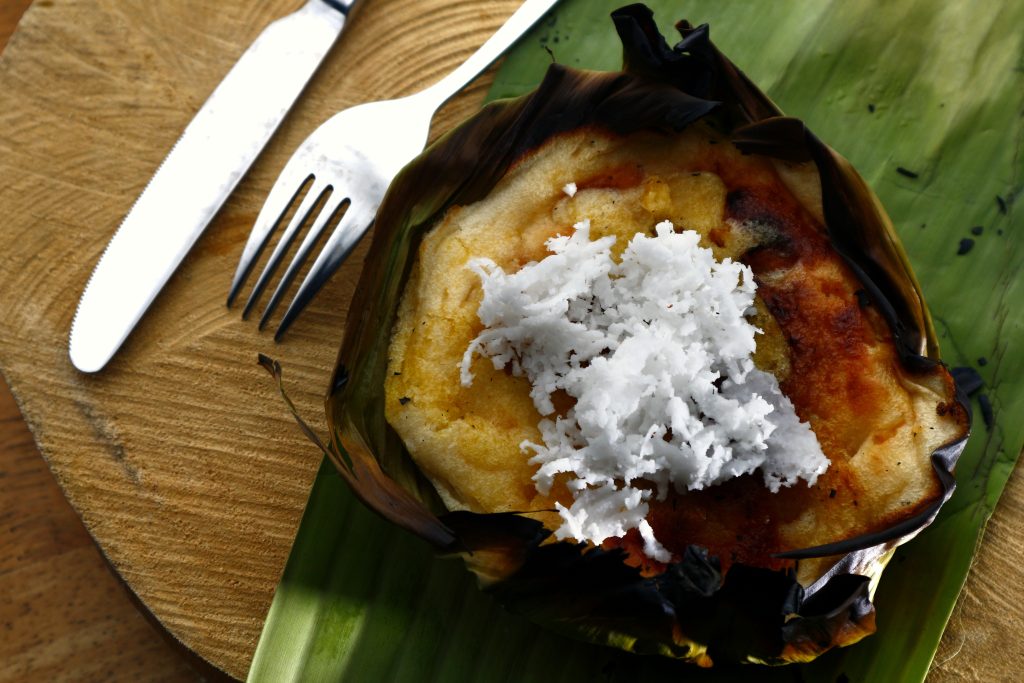
Bibingka
- Tapioca Flour: Tapioca flour is made out of a cassava plant (i.e., Yuca root) native to Northern Brazil. It doesn’t taste like anything, but it’s great for thickening, binding, and structuring baked goods. Tapioca flour is great for bubble tea, kueh bankit (Chinese new year cookies) and biscoito de polvilho (Brazilian tapioca cookies).
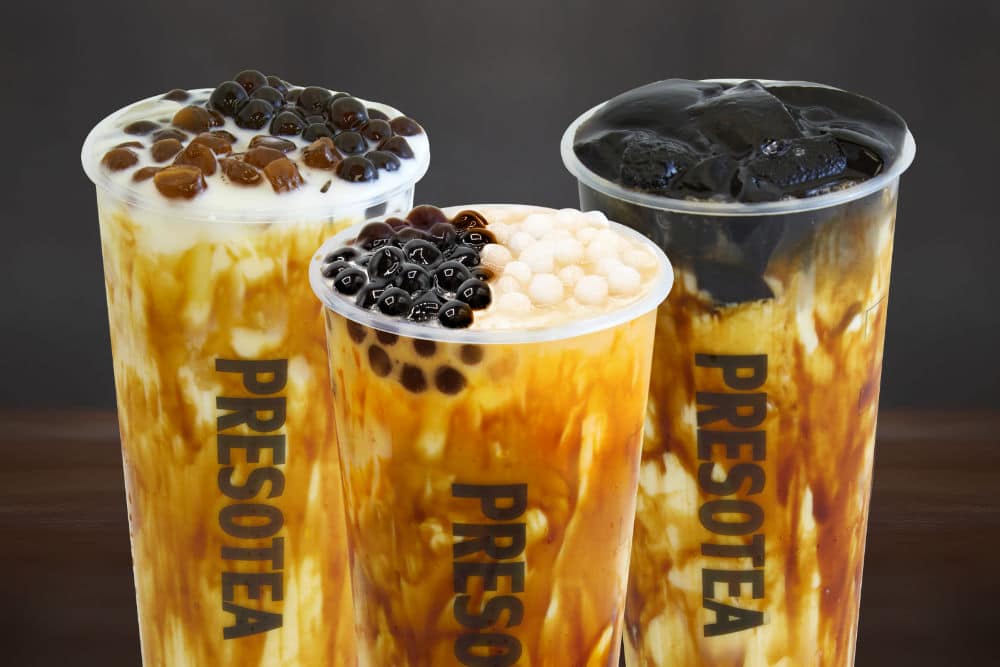
Brown Sugar Milk Tea with tapioca pearls (Presotea)
- Rice Flour: Rice flour is prepared with either white or brown rice. It is native to many Asian countries, such as China, India and Indonesia. Rice flour is found in ethnic desserts such as nan-e berenji (Persian rice flour cookie), pukhlein cookie (Meghalayan deep fried rice cookie), puto (Filipino steamed rice cakes) and injeolmi (Korean rice cakes).
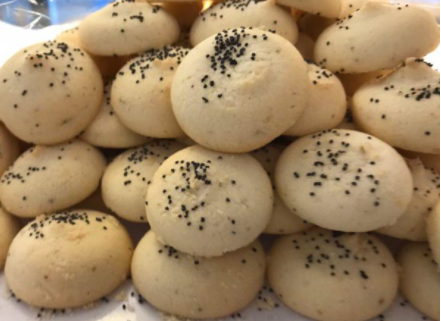
Nan-e Berenji (AVA Super Bakery & Pastry)
These gluten free flours have interesting stories and give unique flavours to each of their desserts. It’s enough for anyone to consider the gluten free option next time. After all, there is an endless world of possibilities. Look for your favourite gluten free dessert near you!




